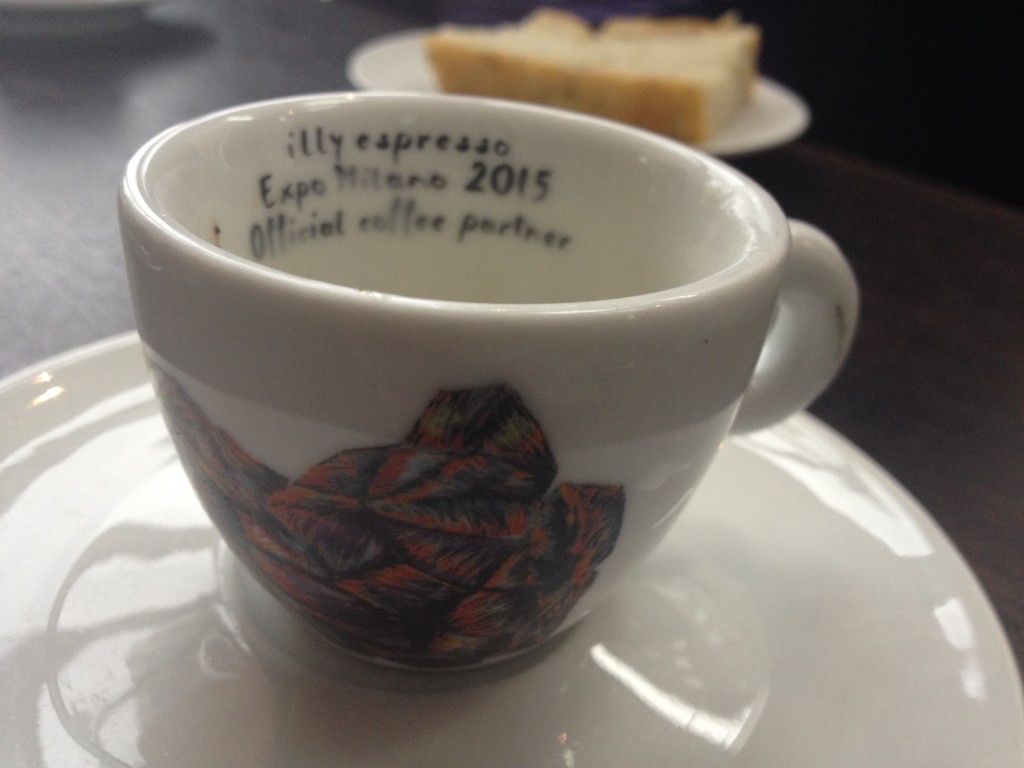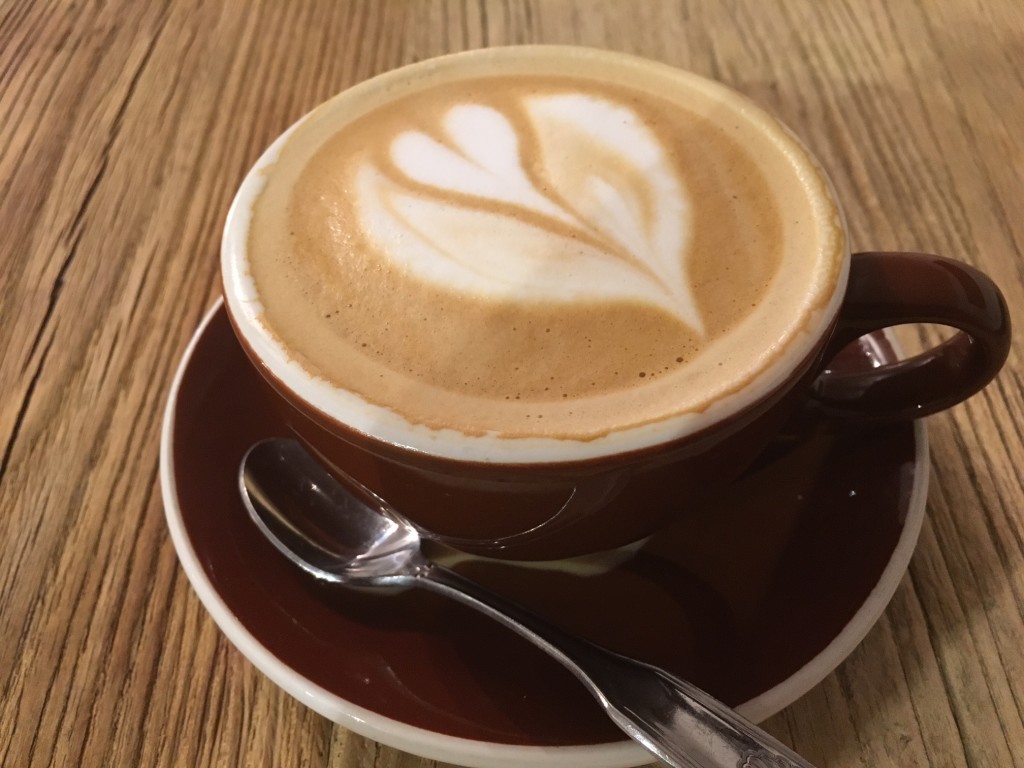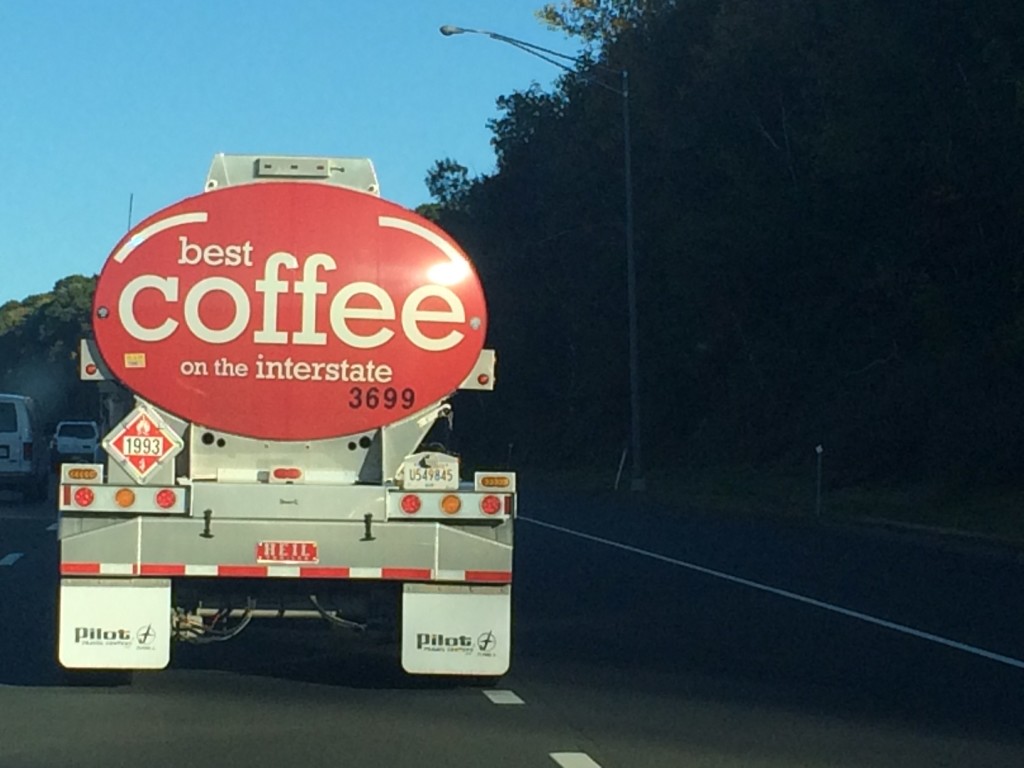 In morning there is darkness, light and then a good hot cup of coffee. Rarely are we able to begin our days without it. Indeed, a sip of fresh, hot coffee in the morning is like magic, turning moans and groans into spoken words.
In morning there is darkness, light and then a good hot cup of coffee. Rarely are we able to begin our days without it. Indeed, a sip of fresh, hot coffee in the morning is like magic, turning moans and groans into spoken words.
“Coffee is a daily ritual in the lives of millions of humans around the globe,” Tori Avey writes in Caffeinated: A History of Coffee. It is by far the world’s most popular beverage (more than 2.2 billion cups of coffee are consumed each day). Whether it is the pleasure of holding a warm cup or taking the first sip, it is as if God knew man would need something strong to entice him out of bed in the morning and help prepare him for the challenges of the day ahead.
That “something strong” is the Coffea Tree, an evergreen shrub that produces a fruit known as “cherries” in which two coffee beans are cocooned. It first grew on the mountain slopes of southwestern Ethiopia, which is considered the birthplace of coffee.
Most of us have a story or a memory of when, where, and why we drank our first cup of coffee – from college all-nighters to working night shifts – as a brother of mine did back in 1993 when he was flying 10 hour night missions over the Adriatic Sea during the Bosnian War.
Having never before had a cup of coffee, it didn’t take him long to acquire a taste and strong desire for the cappuccinos that the Italians offered him in the hangar on the U.S. Military Base in Sigonella, Sicily. The cappuccinos that he drank during the preflight preparations set the stage for a long night ahead on board the P3 where the crew of 12 kept a large pot of coffee brewing throughout the night patrol.
When he returned to the states, he brought his fondness for those cappuccinos with him, seeking out cappuccinos wherever he was and whenever his body, night or day, needed that “jolt.”
Around the mid- to late-nineties, when Starbucks began appearing on the corner blocks of every town across America, those cappuccino-seeking-lovers like my brother no longer had to search far.
“Starbucks introduced a generation to specialty coffee and espresso drinks,” Bangor Daily News writes. Indeed, Starbucks, which first opened in Seattle in 1971, set the stage for what has evolved over the decades into the “Third Wave” of coffee.
Coined in 2002 as a “chiefly American phenomenon”, Third Wave coffee is a movement that shares a similar evolution to that of wine and chocolate, where a mass-produced foodstuff is elevated to new culinary heights as “an experience” to be understood and appreciated. As the Bangor Daily News states, coffee, which was “once a means to a caffeinated end, was now an ‘experience’, or even a status symbol.”
The movement has come to encompass every aspect of coffee, from the source of the bean’s origin to its cultivation, harvesting, processing and roasting, and has led to the development of a mutually beneficial relationship between producers, traders and roasters of coffee. “Our partners are much more than farmers,” writes Eric Hoest, head of Operations for Stumptown Coffee, “they are production experts, constantly innovating practices in planting, harvesting, and processing the best coffees around…producers are the heart of what makes good coffee.”
“Coffee as an experience” can be seen today in specialty shops across the country where one can discover and learn about the distinctive features of the Third Wave movement – defined by direct trade, superior quality beans, single-origin (as opposed to mass-produced blends), lighter roasts and latte art.
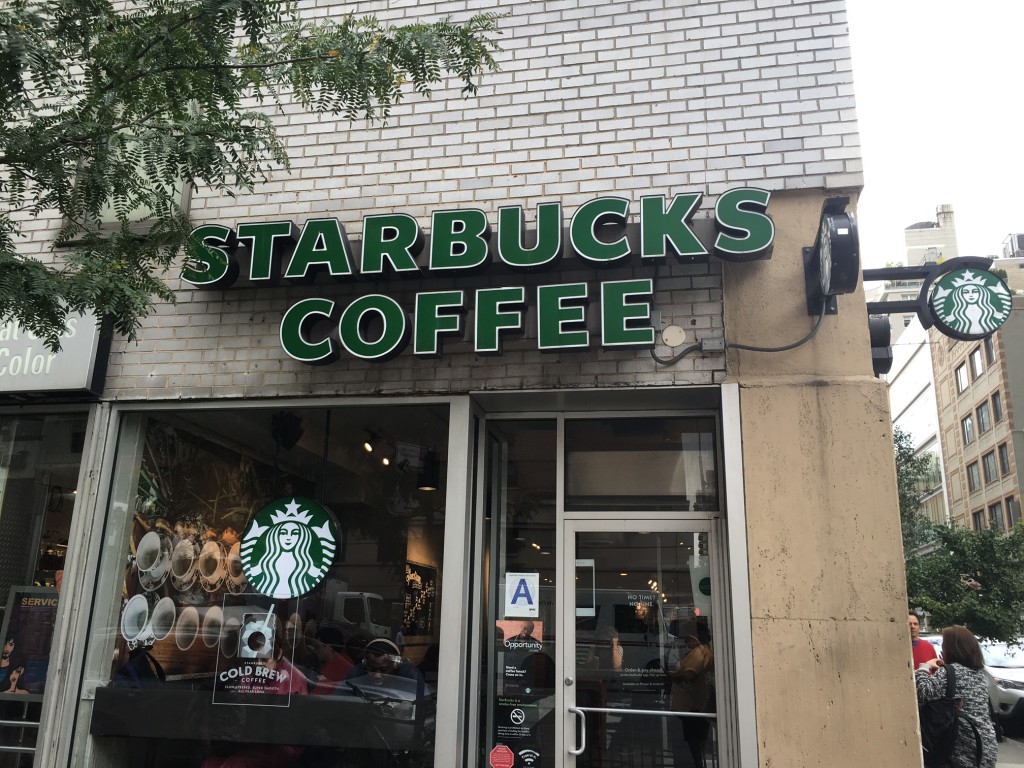
Howard Schultz, the owner of Starbucks, first recognized the value of coffee as an experience when he travelled to Milan, Italy back in the early 80’s and observed the many cafes where people would spend their afternoons sipping cappuccinos and socializing. Coffee houses throughout the history of time were a meeting place for lively discussions and political debates, religious meetings, storytelling and singing – they were part of the “societal fabric” – from the mid-15th century, when coffee houses started springing up in European countries, through the 1650’s when “all-nighters” were born with the formation of the “Oxford Coffee Club” (information from Gocoffeego.com).
It was with this in mind that Mr. Shultz, upon purchasing Starbucks in 1987, initiated an American “rebirth” of coffee from the days before tin cans.
Today, alongside the blended tin canned coffees such as Maxwell House (1886; “Good to the Last Drop”) and Folgers (1866; “The best part of waking up, is Folgers in your cup”), one will find a seemingly infinite variety of specialty roasters on store shelves.
“The shelves at cafes and food shops are overrun with beautifully designed bags of single-origin beans from small-batch roasters,” writes Epicurius.com. The morning ritual for many family kitchens has gone from brewing one big pot of coffee for everyone to setting out the various bags of craft roasted coffee that each has claimed as their favorite ‘morning joe’ for the present moment.
From Tandem Coffee Roasters in Portland, Maine to Counter Culture in Durham, North Carolina; Intelligentsia in Chicago; Lexington Coffee Roasters in Virginia; PT’s Coffee Roasting in Topeka, Kansas; Peace Coffee in Minneapolis; Blue Bottle in California and Stumptown in Portland, Oregon, we are living in the “best era ever for quality coffee” (www.complex.com). These represent just some of the best from the vibrant coffee scene of artisan roasters who are “finessing the roast of beans to ultimate degrees” (Gocoffeego.com).
Intelligentsia Coffee’s website explains it well, writing:
“Coffee roasting is an intensely dynamic combination of art and science wherein a batch of raw, green coffee beans is transformed into a caramelized state which can be ground, brewed, and enjoyed. The goal of the roaster is to unlock the many potential flavors that lie dormant within the green beans to achieve a delicate, nuanced, and balanced cup that best showcases the characteristics that make each coffee unique.”
The “story of coffee” in America will continue to be told by the next generation of coffee roasters, according to Oliver Strand who, in his article for the Wall Street Journal, “Coffee’s Next Generation of Roasters,” highlights Supersonic Coffee in Berkeley, California as one of the first to “reshape America’s coffee obsession.” He writes:
“The first roasting company in the U.S. to buy from Nordic Approach, a renowned Norway-based importer that sources only high-quality ‘green’ coffees, Supersonic will light-roast in the so-called Scandinavian style used by groundbreaking roasters in Northern Europe. ‘We wanted to look five years ahead,’ says John Laird, one of Supersonic’s founders, ‘and do something that would feel fresh down the line.’”
While this new wave is busy forming, craft coffee roasters all across America continue to pop up, each with their own unique story about how their passions for coffee led them to join the roasting craze.
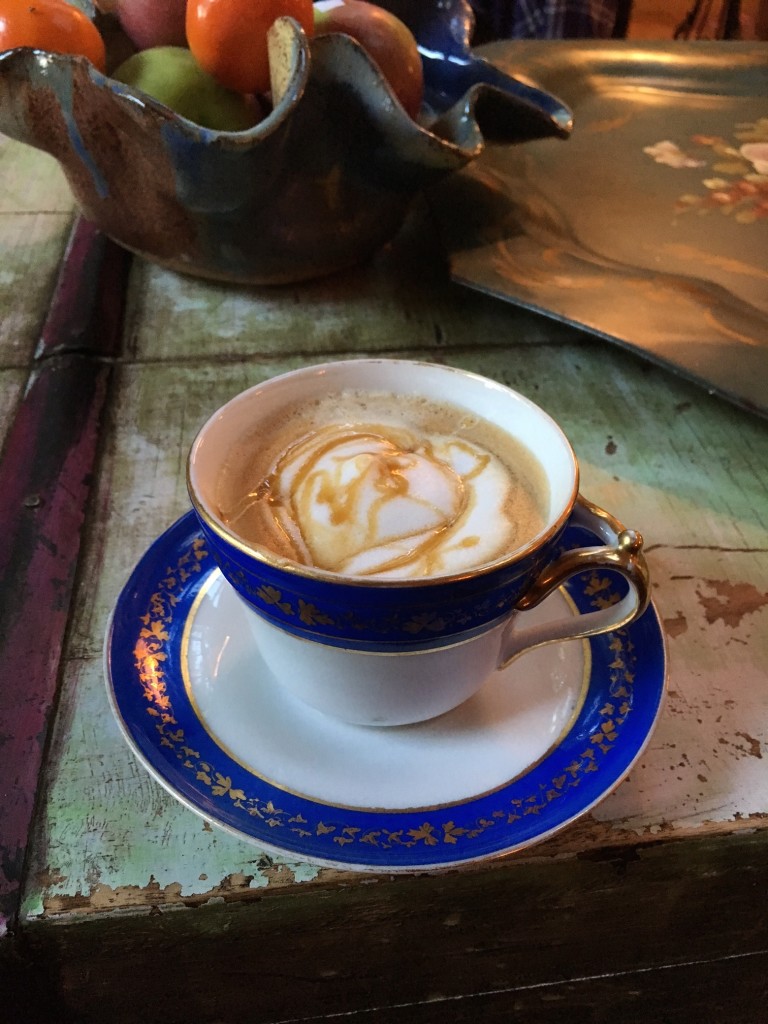 Even my brother, a pilot after all of these many years – who came to depend on the little roadside cappuccino stands for his caffeine boost on his way to the Fiumicino airport in Rome, and who has probably had more cups of coffee in more Starbucks across the country than anyone I know – joined the coffee craze years ago when he began to roast his own beans at home.
Even my brother, a pilot after all of these many years – who came to depend on the little roadside cappuccino stands for his caffeine boost on his way to the Fiumicino airport in Rome, and who has probably had more cups of coffee in more Starbucks across the country than anyone I know – joined the coffee craze years ago when he began to roast his own beans at home.
His coffee story continues today after a three-day course at Dietrich’s, a company in Idaho that manufacturers one of the world’s best coffee roasters and offers coffee roasting classes.
I leaned from my visit with him that he tends to like a traditional dark roast, which is referred to as a Full City Roast or Viennese Roast and that he likes to roast with beans from Columbia. I also learned about the importance of acidic balance – too little acid makes for a flat tasting coffee. And I learned that about 75 percent of the beans sold by producers are “Arabica” as opposed to “robusta,” for many reasons that I have yet to learn.
Ultimately, however, I learned that there is just so much to learn about coffee. In fact, after all this learning, I think I need one more cup of coffee for the road.
